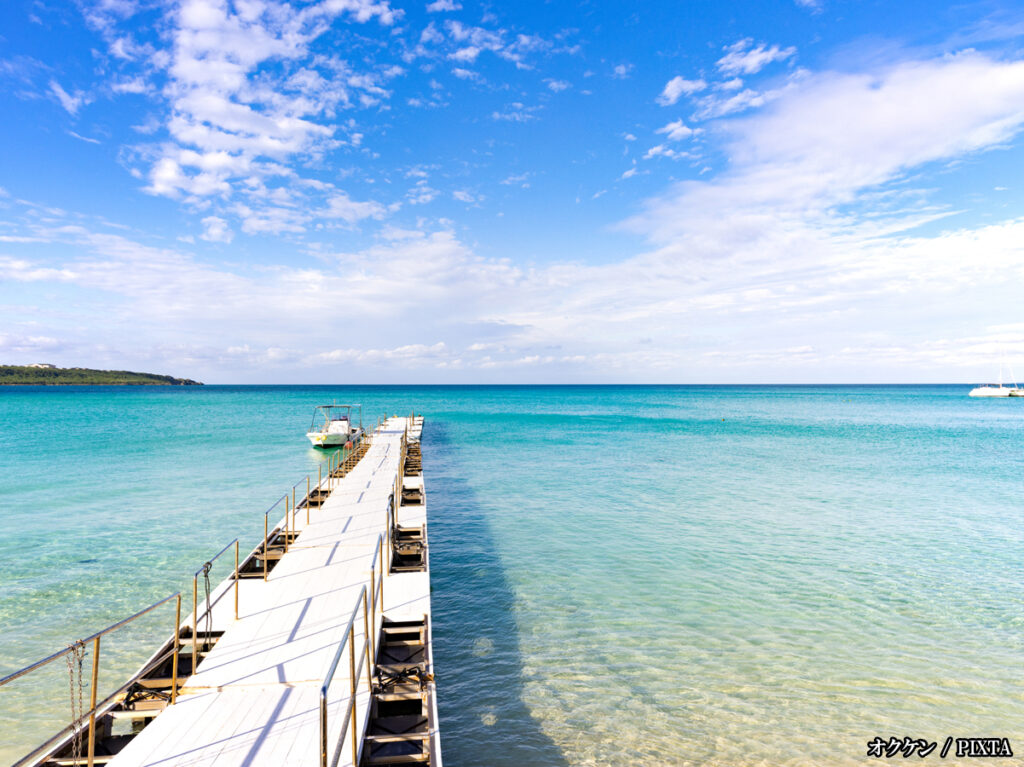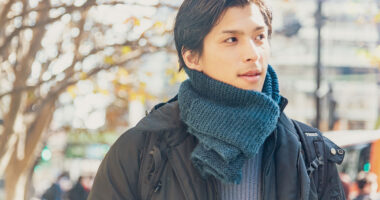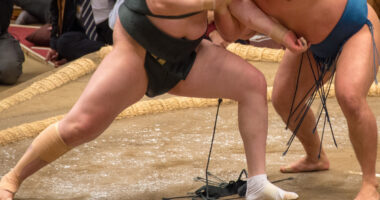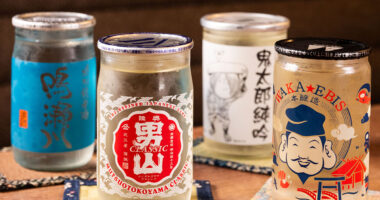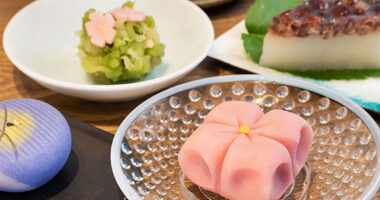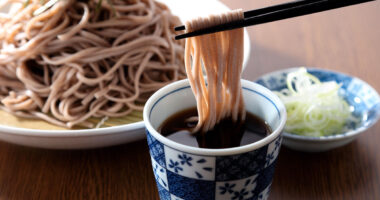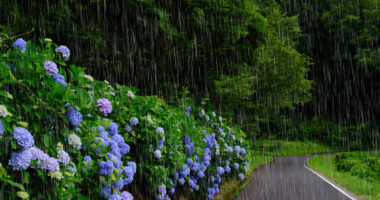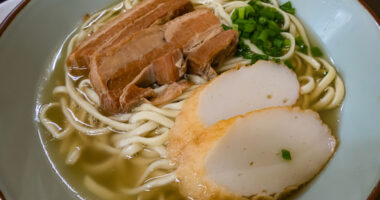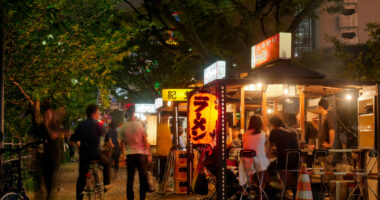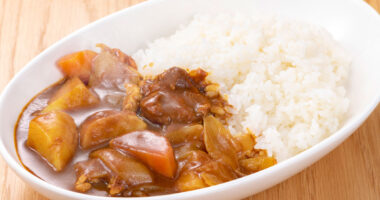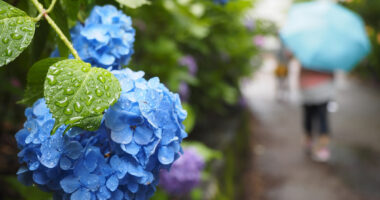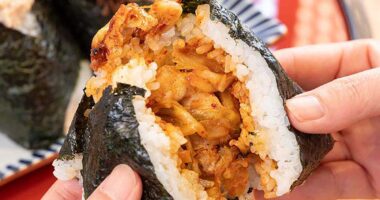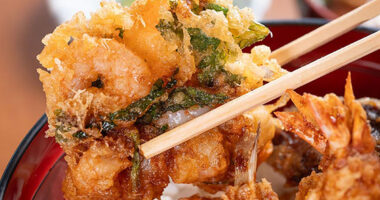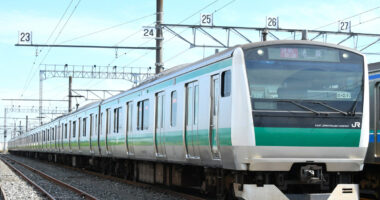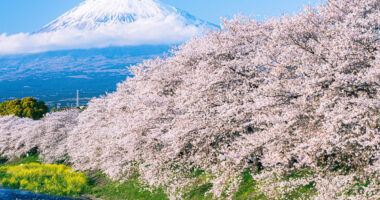Japan may not be the first destination that comes to mind for a beach holiday, but this island nation boasts a surprising array of coastlines well-suited for children, prioritizing safety, cleanliness, and convenience. Some of the best options lie just outside Tokyo, while others await in the tropical south, where Okinawa’s warm seas and soft sands create a true summer retreat. For first-time visitors planning a summer getaway with kids, choosing the right beach can turn a good trip into an unforgettable one.
- How to choose a family-friendly beach: key criteria and what to look for
- Comparison by region: Kanto, Kansai, Kyushu, Shikoku, Okinawa
- Examples of family-friendly beaches and their unique features
- How to plan a kid-friendly beach trip in Japan (packing, food, sunscreen tips)
- Final thought: Picking the perfect spot for your family’s summer escape
How to choose a family-friendly beach: key criteria and what to look for
A scenic shoreline is only part of the equation when traveling with kids. Here are some important criteria to consider.
Safety first
- Calm, shallow waters:
Look for gentle waves and a gradual slope into the sea, which are key for young swimmers. Sheltered bays and coves typically offer the calmest conditions. - Lifeguards:
Supervision from trained staff during the swimming season is paramount for peace of mind. - Jellyfish nets:
Installed at many popular beaches during peak summer (July–August), these nets provide an extra layer of protection in the water.
Essential facilities
- Clean restrooms and showers:
Accessible and well-maintained facilities are basic, but essential for families. - Changing rooms:
Convenient access to dry clothes goes a long way with kids. - Food options:
Nearby beach houses, restaurants, or convenience stores can keep snacks and meals easy.
Convenience & fun
- Accessibility:
Beaches close to public transportation minimize travel stress. - Rental services:
Umbrellas, chairs, and floats available on-site mean you can pack lighter. - Shade:
Natural shade from trees or rental umbrellas is crucial for sun protection. - Activities/play areas:
Some beaches offer playgrounds, marine activities, or designated areas for kids.
Comparison by region: Kanto, Kansai, Kyushu, Shikoku, Okinawa
Japan’s varied geography means each region delivers its own distinct take on family-friendly beaches:
- Kanto (Greater Tokyo Area):
Best known for its convenience, Kanto has several beaches that make for easy day trips from the capital. While they may not be as pristine as Okinawa, these spots are lively, well-equipped, and accessible—great for a spontaneous outing with kids. - Kansai (Osaka/Kyoto Area):
Like Kanto, Kansai’s beaches are reachable from major urban centers and offer solid facilities. The coastline here includes a mix of sandy stretches and rockier inlets. - Kyushu & Shikoku:
These southern regions are home to some of Japan’s most scenic (and often less crowded) beaches. Expect clear waters and more natural surroundings, especially within coastal national parks. Some spots also feature unique geological features that add visual interest. - Okinawa:
For tropical beauty, Okinawa is unmatched. Families will find white sand, shallow turquoise waters, and plenty of marine life for snorkeling or observing from the shore. Many resorts include private beach access and thoughtful amenities that make traveling with children easier.
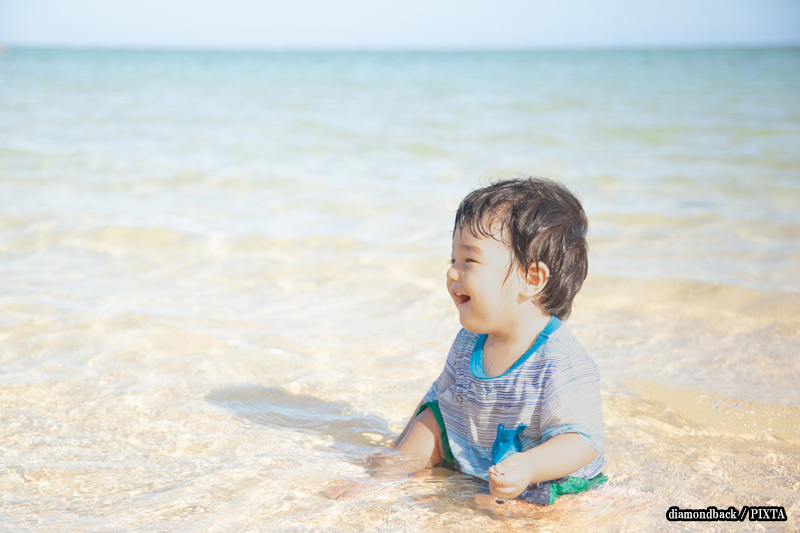
Photo for illustrative purposes
Examples of family-friendly beaches and their unique features
Here are standout examples of highly-rated family beaches across Japan.
- Emerald Beach (Okinawa Main Island):
Set inside Ocean Expo Park, this well-maintained man-made beach is often ranked among Okinawa’s best for families. The water is calm and clear, jellyfish nets are in place during summer, and facilities are excellent. It’s also just a short walk from the Okinawa Churaumi Aquarium, making it ideal for building a full day out. - Araha Beach (Chatan, Okinawa Main Island):
A favorite among locals and expats, Araha Beach features a long stretch of sand, gentle swimming areas, and a large adjacent park with playground equipment. Lifeguards are typically on duty during the swimming season. - Tropical Beach (Ginowan, Okinawa Main Island):
Shallow, gentle waters make this urban beach especially safe for young children. It’s easy to reach from Naha and has family-friendly amenities like barbecue areas. - Yonaha Maehama Beach (Miyako Island, Okinawa):
Regularly ranked among Japan’s most beautiful beaches, Yonaha Maehama may not be overtly “kid-centric,” but its long, sloping shore and calm designated swim areas make it a surprisingly good choice for families. - Zushi Beach (Kanagawa, Kanto):
Just a short train ride from Tokyo, Zushi is a relaxed, shallow-water beach that draws city dwellers in summer. Though it can get busy, there are plenty of beach houses, rental options, and basic facilities during the summer season. - Shirarahama Beach (Wakayama, Kansai):
This white-sand resort beach—famous for its Australian-imported sand—is often likened to a Hawaiian escape. Calm, clear waters and extensive facilities make it well-suited to family travel. - Momochihama Beach (Fukuoka, Kyushu):
Part of Momochi Seaside Park, this spacious urban beach is easy to access from Fukuoka city. Cafes, restaurants, and clean swimming zones give it wide appeal for a relaxed day at the shore.
Related article:
“Best Okinawa Beaches for Families: Safe, Facility-Rich Spots by Season”
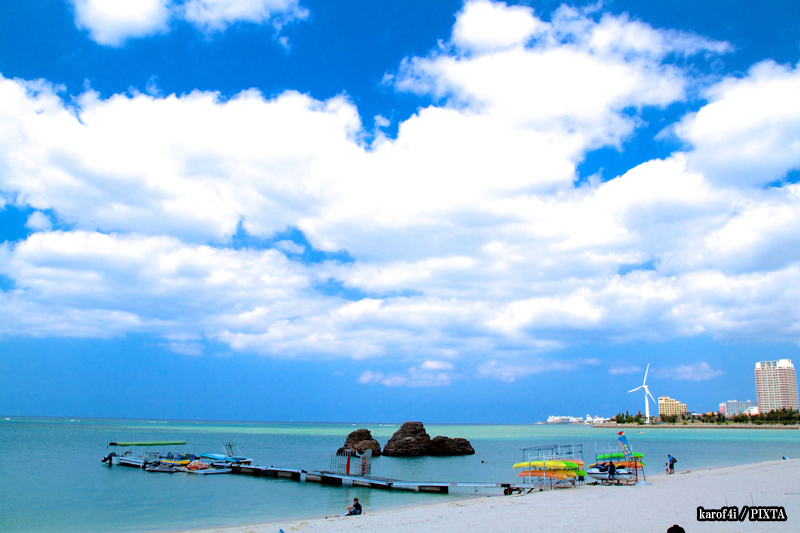
Photo for illustrative purposes
How to plan a kid-friendly beach trip in Japan (packing, food, sunscreen tips)
Smart planning can make the difference between a stressful outing and a smooth, sun-filled day.
Packing essentials
- Protection against the sun:
Japan’s summer sun is intense. Bring wide-brimmed hats, sunglasses, and high-SPF, water-resistant sunscreen—and reapply often. - Cooling gear:
Portable fans, cooling towels (sold at most convenience stores), and spray misters help beat the heat. - Snacks and drinks:
While many beaches have nearby shops, packing your own saves money and ensures you have what you need (especially for picky eaters). Onigiri (rice balls) from a convenience store, juice boxes, and frozen water bottles all travel well. - Lightweight blanket/mat:
A rejā shīto (romanized from “leisure sheet,” a thin plastic mat for picnicking and leisure activities) is a popular choice in Japan for sitting on the sand. - Basic first-aid kit:
Band-aids, antiseptic wipes, and any personal medications.
Food tips
- Bento boxes:
Pick up ready-made bentos (prepared meals) from convenience stores (like 7-Eleven, FamilyMart, or Lawson) or, if department stores are relatively nearby, depachika (department store food halls) for a perfect and easy beach picnic. - Hydration:
Bring more cold drinks than you think you’ll need. Vending machines are often available, but they can be expensive.
Sunscreen
Apply sunscreen generously before you head out, and reapply every two hours—or more often if you’re swimming or sweating. For extended time in the sun, consider rash guards or UV-protective swimwear for kids. International tourists may want to consider bringing their own sunscreen if they need anything stronger than 50 SPF, which is the maximum strength sold in Japan
Check opening dates
Public beaches in Japan are typically staffed and fully operational only during the official swimming season, which varies by region—typically from mid-July through August in many areas, but longer in southern regions like Okinawa. Outside this window, lifeguards may not be present and facilities could be closed.
Final thought: Picking the perfect spot for your family’s summer escape
Japanese beaches blend ease, beauty, and family-friendly design in a way few places do. Calm waters, nearby amenities, and accessible locations make it easier to zero in on a beach that fits your family’s pace and preferences. Wherever you land, the key is finding a beach that matches your rhythm and keeps the logistics simple, so you can focus on what matters most.
